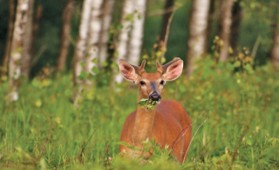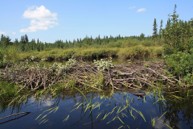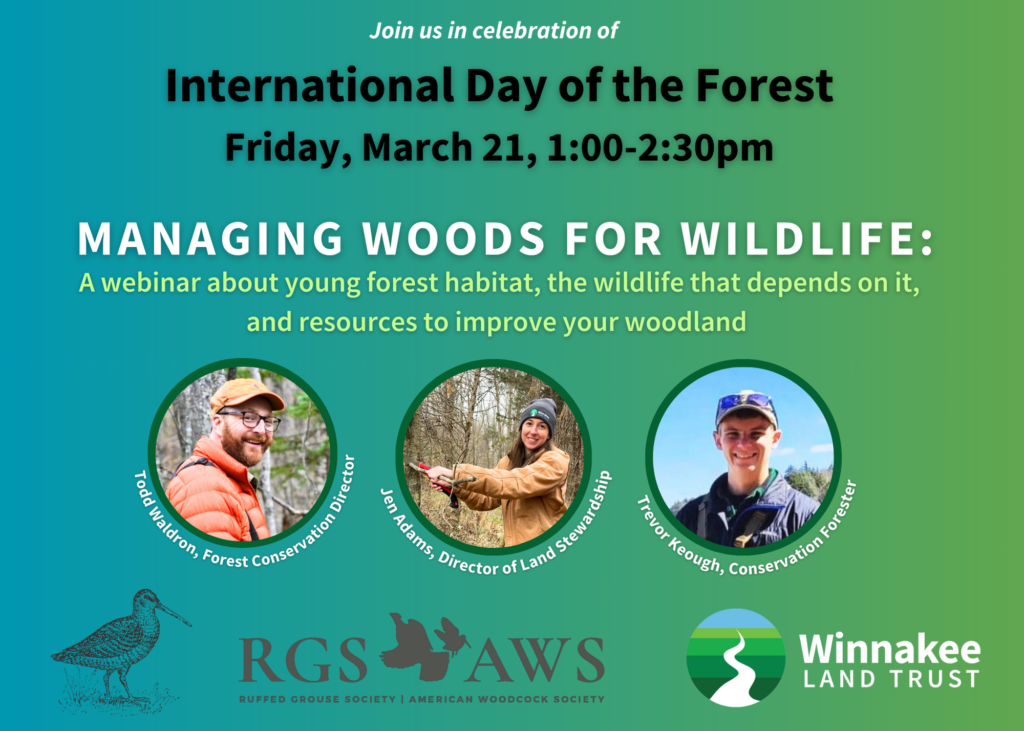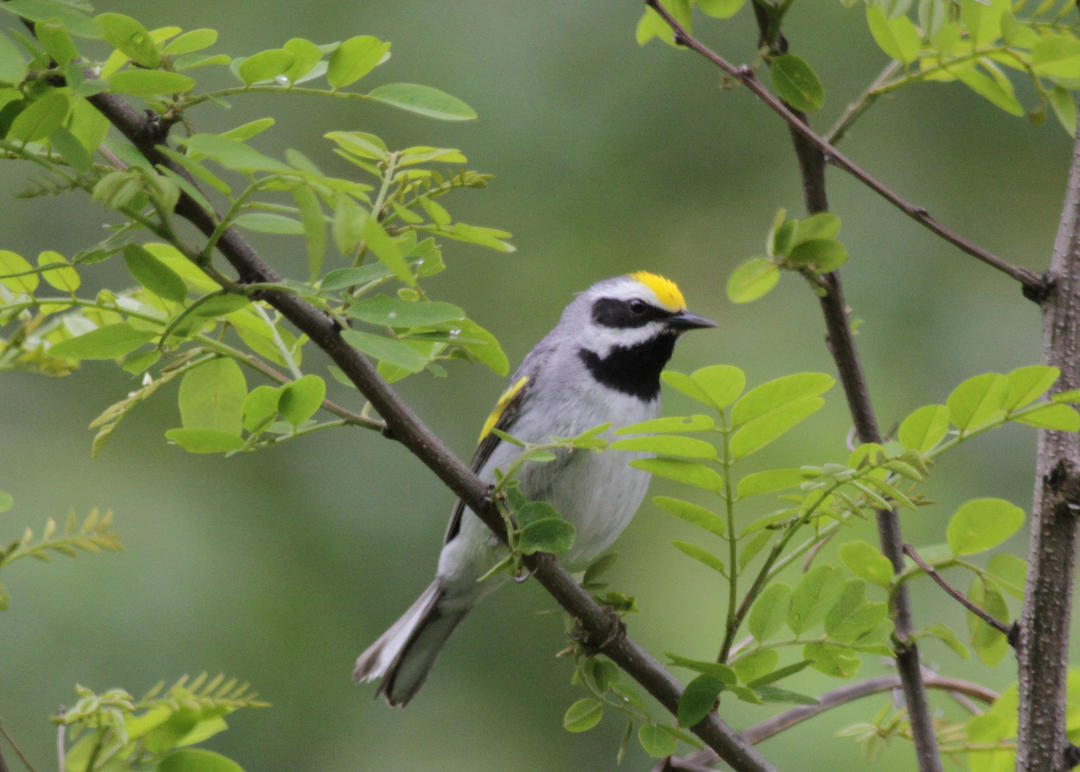Disappearing Young Forests of New York – And Why We Need Them
By Bob Davis, Chief Executive Officer
If you take a walk through most of New York’s forests today, you’ll notice something missing—young, regenerating woodlands. We have old trees, mature forests, and even open fields, but young forests—those dense thickets of saplings and shrubs—are becoming increasingly rare.
So, why is this happening?
New York’s forests are aging together. Most aren’t true ‘old-growth’ but rather even-aged forests that started growing at the same time. In the 18th and 19th centuries, much of the state was cleared for agriculture. However, when the Erie Canal and railroads opened access to the deep, fertile soils of the Midwest, many farms in New York were abandoned. These lands naturally regrew into forests—mostly all at once. As a result, instead of a continuous cycle of forest renewal, we now have vast areas of aging forest with very little young growth.
Historically, natural disturbances like wildfires, storms, and beaver activity created a patchwork of young forest habitat. But today, fire suppression, human development, and a lack of active forest management have dramatically reduced these dynamic, early-successional forests. At the same time, heavy deer browsing and invasive species make it difficult for young trees to take hold.
The loss of young forests has real consequences. These habitats are critical for wildlife—species like the American woodcock, ruffed grouse, and golden-winged warbler depend on them. Without young forests, these species decline, leading to broader biodiversity losses.


But it’s not just about wildlife. Young forests also play a role in forest regeneration and climate resilience. They act as a nursery for the next generation of trees, ensuring we have a healthy, diverse mix of forest ages across the landscape. They also store carbon, protect water quality, and create economic opportunities for sustainable forestry.
So, what can we do? Landowners can help by using sustainable timber management techniques, creating small clearings to encourage regeneration, and managing deer populations. Even maintaining just a small component of young forest within a larger landscape can provide these crucial benefits.
In short, a healthy forest isn’t just old trees—it’s a balanced mix of young, middle-aged, and mature stands. By ensuring young forests remain part of New York’s landscape, we’re protecting wildlife, improving forest health, and strengthening our natural heritage for future generations.



